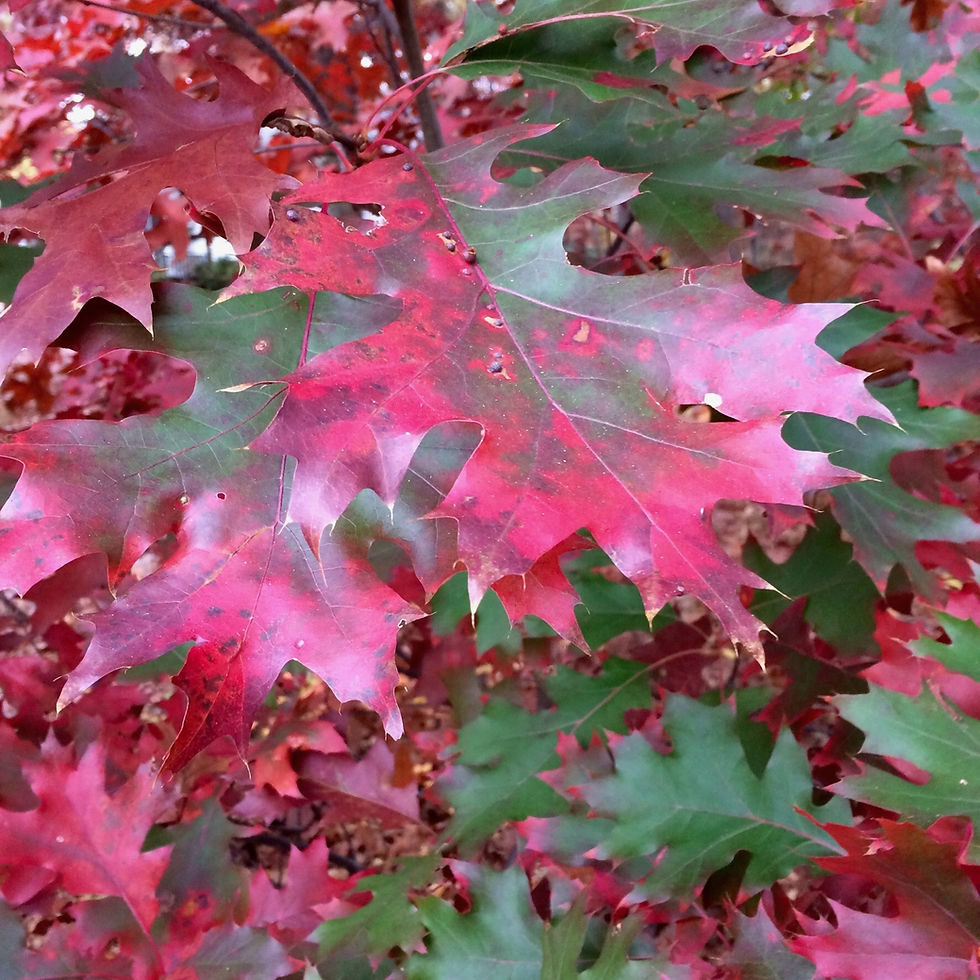Garden Obstacles: Creating Habitat to Attract Pollinators, Birds, and More!
- Kimberly Simmen
- Aug 17, 2024
- 1 min read
Stop using insecticides, herbicides, rodenticides, fertilizers, and fungicides!
Provide natural food sources by using native plants.
Berries and Fruit
Black elderberry, winterberry, chokeberry, chokecherry, blueberry
Host plants for caterpillars
Milkweed, wild cherry, groundnut, oak, aster, golden alexander, violets
Pollen and nectar sources for pollinators
Aster, yarrow, goldenrod, sunflower, coral honeysuckle, vervain, carex
Feed the birds with native plant seeds and nuts
Coneflower, false sunflower, beardtongue, sweetfern, oak, black walnut
You may feed them in the winter, but make sure you clean the feeders with a 10% bleach solution before refilling
Provide water.
Birdbath
Change water daily and clean once a week
Pond
Small water features like a large saucer
Provide shelter.
Plant densely
Trees, shrubs, perennials, groundcover
Pine, sweetspire, sweet pepperbush, redbud, oak, eastern red cedar
Brush piles, wood piles, dead trees (snags)
Leave the leaves in the beds, mulch into the ‘lawn area’, designated area
Leave the stems of perennials or cut them no shorter than 18” from the ground
Create yard art
Provide nesting boxes for birds.
Clean out in late winter
Reduce the lawn or go without it.
Create wildlife corridors along the sides and back of your yard
Connect the garden beds
Install a rain garden
Use Dutch clover, carex, and other lawn alternatives instead of turf
Use downward-facing lighting and warm light colors (amber).
Only have outdoor lights on if absolutely necessary
Avoid blue- or broad-spectrum LED lights
Use mosquito buckets to control the mosquito population.
Remove invasive plants!
Educate your neighbors!










Comments